In the low hills of Yorkshire’s East Riding, new walking routes celebrate the Wold Rangers, a nomadic people who once wandered the Wolds’ green lanes and bridleways. Follow in their footsteps to find out about these wandering labourers and the landscape they roamed...
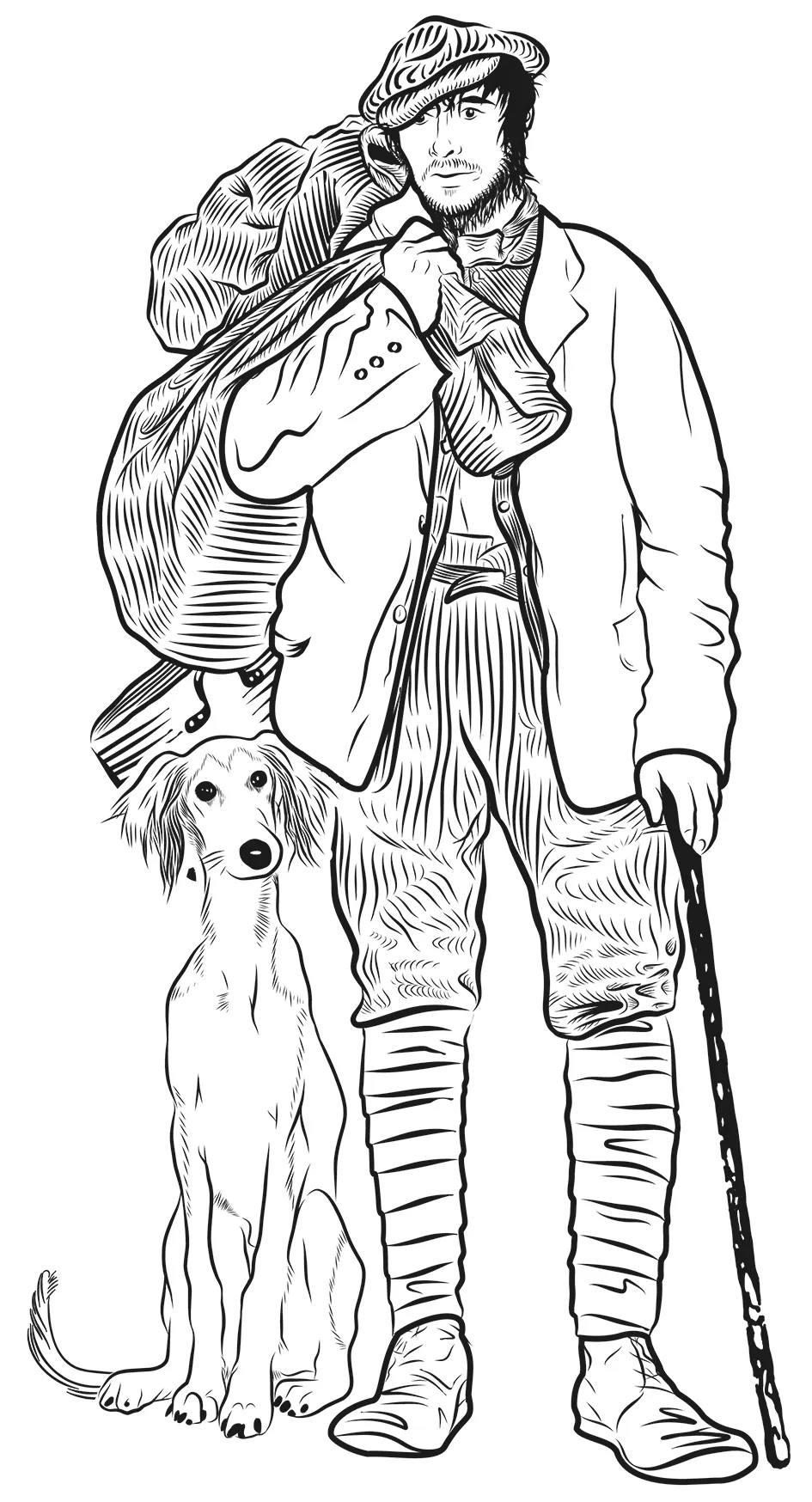
Where are the Yorkshire Wolds?
Nearly entirely dedicated to agriculture – arable in particular, which suits the thin and chalky soil – the Wolds covers an area of about 400 square miles within a triangle cornered by York, Filey and Hull. A wold is an area of unforested, high open land and, while wolds are found across England, the Yorkshire Wolds present a singular vista. The valleys have uniform depth and gradient, yet none have rivers, due to porous underlying chalk. Erosion along geological faults shattered and hardened the chalk, leaving dry V-shaped valleys that were probably eroded by run-off from ice sheets and infilled by subsequent deposits, resulting in flat floors.
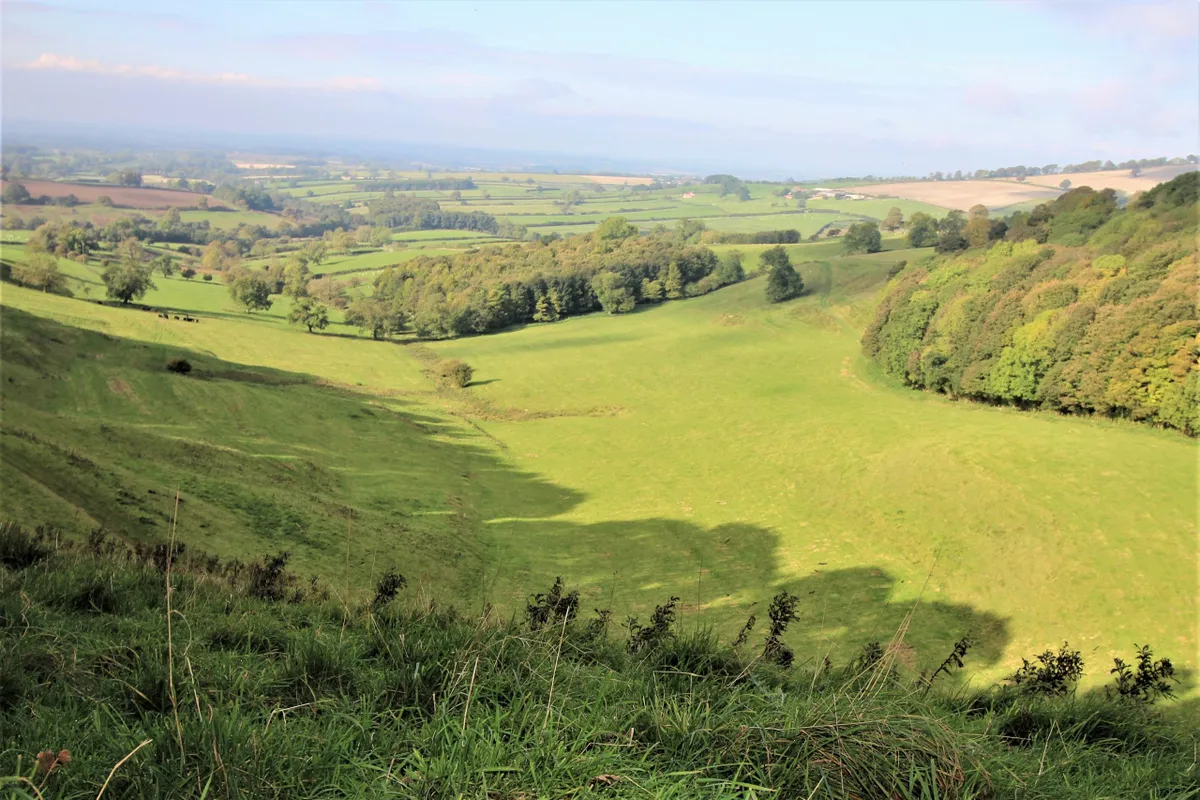
The scarcity of trees – cleared long ago for agriculture – means the Wolds’ stark appeal and big skies are seldom obscured and you never have to venture far before coming across a village pub to get warm and fed. Villages are evenly scattered over the region but the Wolds have only three towns: Pocklington, Market Weighton and Driffield.
Who were the Wold Rangers?
The Wold Rangers were a group of only around 50 people at any one time, mainly men, who roamed the Wolds in the 19th and 20th centuries, typically moving from farm to farm in search of casual work. They were vagrants, but local people also remember them fondly as lovable rogues and consider them a unique aspect of the culture and heritage of the Wolds.

Drawn by the Wolds’ long-held tradition of East Yorkshire hospitality, the Wold Rangers walked the ancient green lanes between farms, seeking shelter, food and work, such as sheepshearing, potato-picking, cesspit cleaning and harvesting. In return for their labour, Rangers were sometimes invited to eat lunch with the farmer’s family.
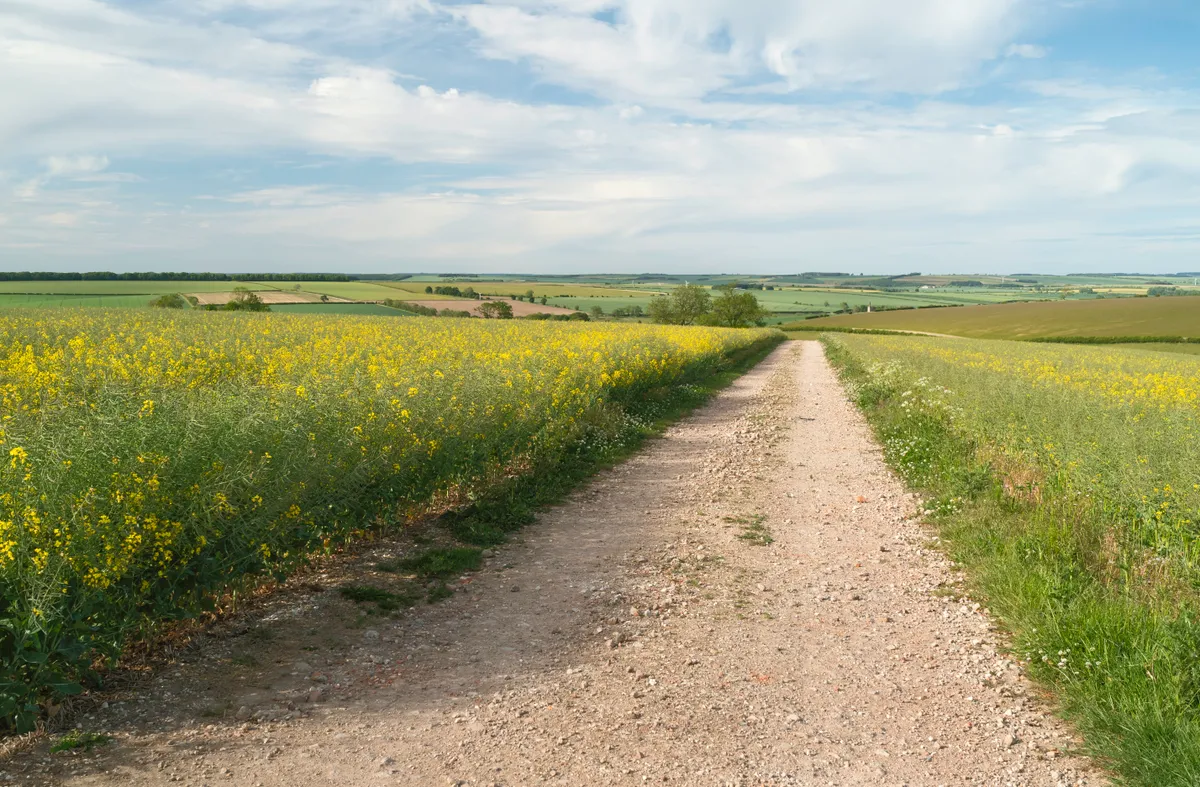
They carried their few possessions with them and slept where they could – in woods, chalkpits (Burdale Quarry north of Fridaythorpe is a prime example) and barns, sometimes with permission, often not. Colourful and often slightly intimidating characters, some Rangers were known by their nicknames, including Mad Halifax (likened to a demented scarecrow), Dog Geordie (never without his faithful lurcher) and Horse Hair Jack (who used to pilfer horsehair collected by plough boys for sale to upholsterers).
Go walking in the Yorkshire Wolds
Tranquil dales, cosy pubs and beautiful valleys: some of the most rewarding walks in Britain can be found in the rolling wolds of Yorkshire. We take a look at some of our favourite Yorkshire Wold walks – each route includes detailed directions, images and a map.
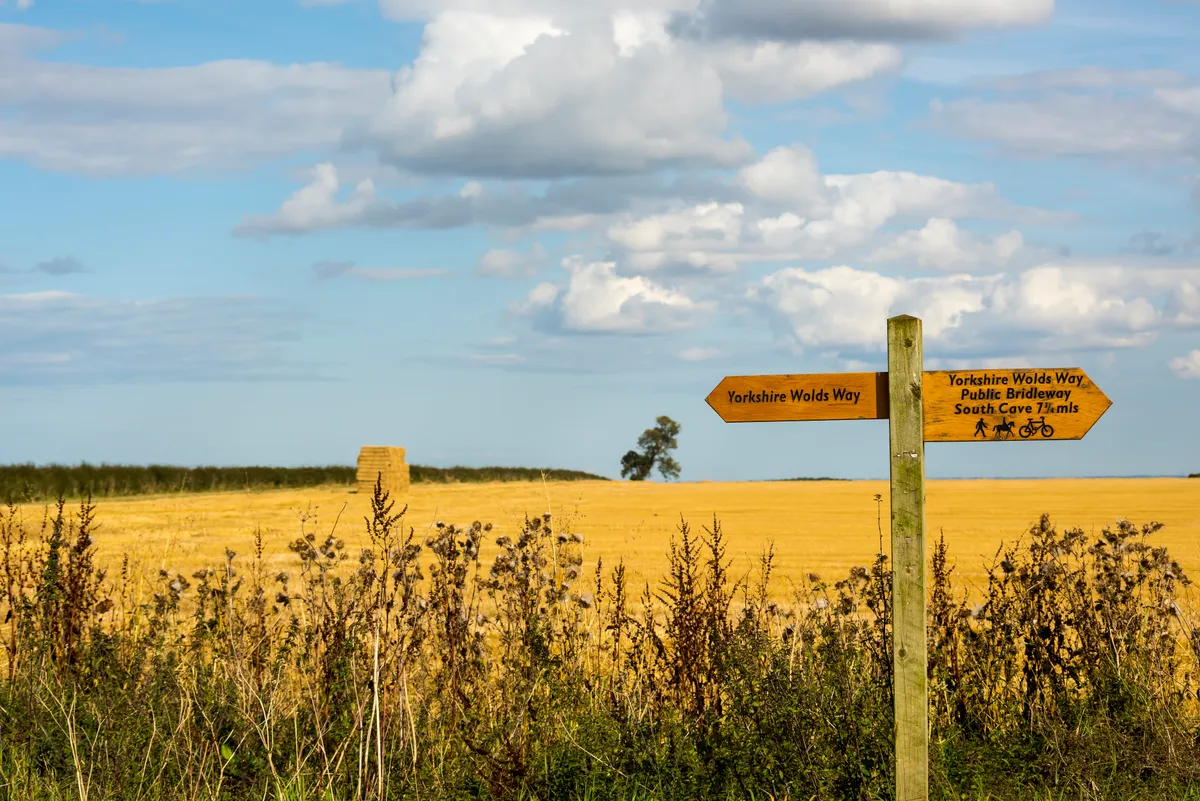
Ginger Joe was perhaps the best-known Ranger. Named after his beard, he was erudite and had the air of a gentleman. In 1925, King George V and Queen Mary inspected the new Waggoners war memorial. There they found Joe, settled in his favourite spot on the lower step, refusing to budge or even doff his hat, despite efforts by the local constabulary. He lived out his days in a box on Sledmere House Farm accompanied by his beloved dog and his hen, tethered with a string on her leg, who laid him his daily egg.
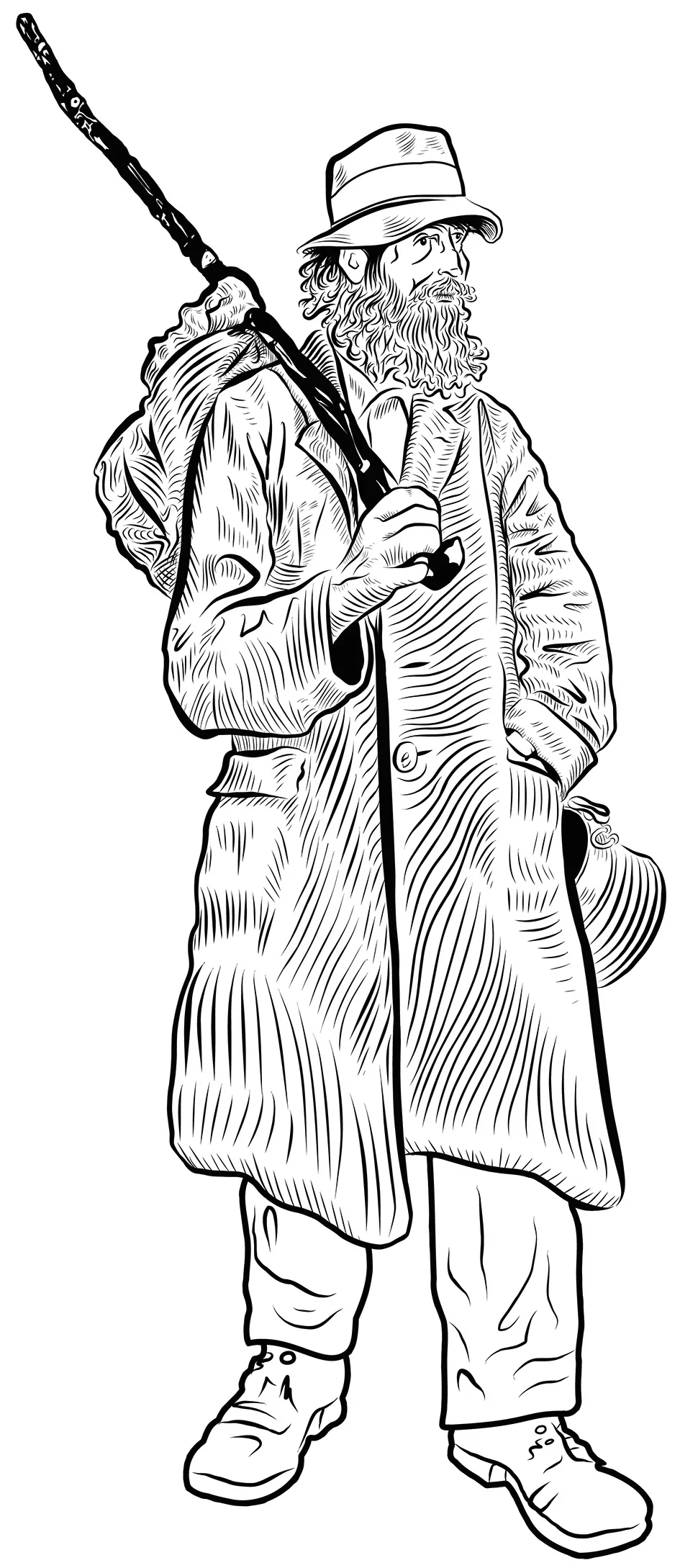
Why did the Wold Rangers wander the Yorkshire Wolds?
Although the origins of most Rangers are unclear, there are several possible reasons for their existence, adding to their ranks as generations went by. The Industrial Revolution removed traditional rural crafts to towns; the 19th-century agricultural slump reduced employment on the land; and the dramatic upheaval of the Enclosures Acts of the 18th and 19th centuries deprived ‘squatters’ of common land. Some Rangers were soldiers returning from the Crimean, South African and First World Wars, who may have been traumatised by their experiences and didn’t wish to re-enter society.
Many were shady figures drifting into and out of sight across the fields. Life on the road was tough, particularly in winter, when some Rangers committed minor crimes, anticipating being sent to police cells or workhouses where they could get out of the cold. Challenges faced by Rangers – such as mental health issues, displacement and dispossession – chime with modern times, while their connection with the local environment is something that many people experienced during lockdowns.
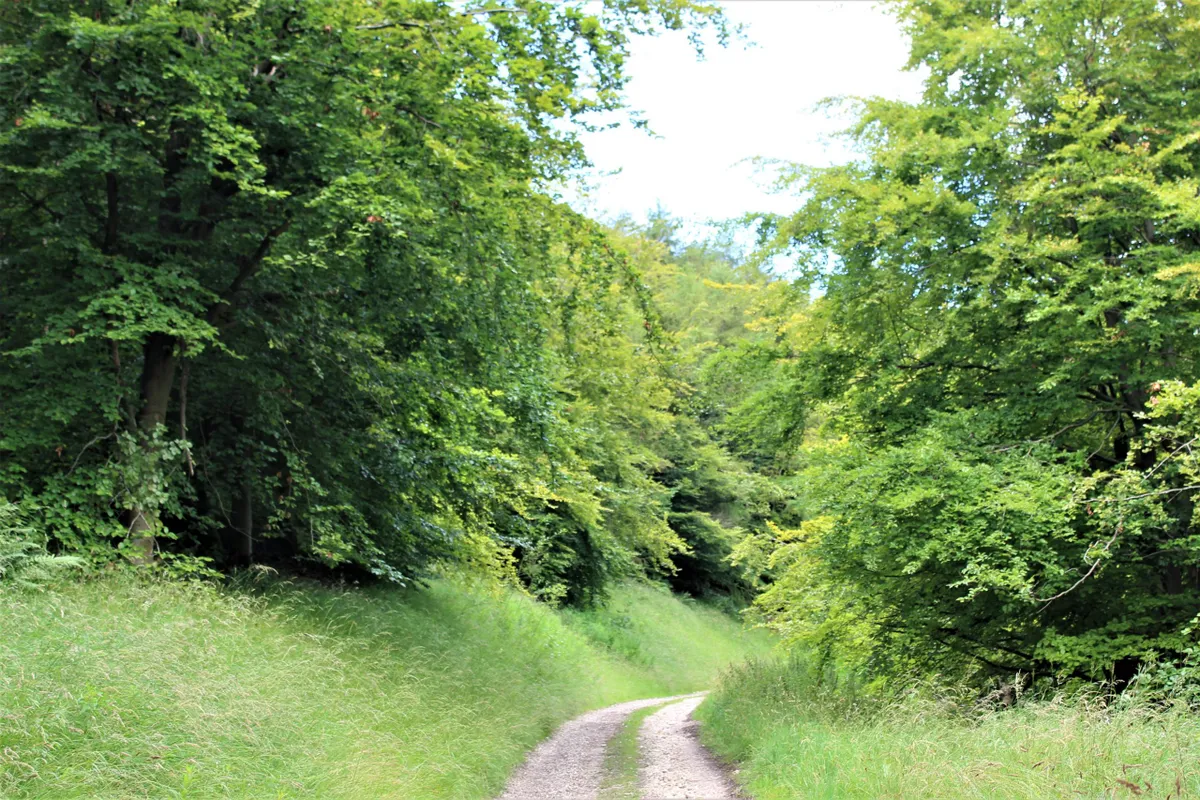
What is the Wold Rangers Way?
The full Wold Rangers Way is 43 miles and best tackled over a long weekend.
There are five other walking trails, from three to 17 miles, that relate to ‘trods’ (footpaths) followed by Rangers. All colour coded and waymarked, Wold Ranger routes are generally flat and well suited to all walkers.
The most popular is Horse Hair Jack trod (nine miles).
One of the trods is named after the very last Wold Ranger, Croom Mabel (1900–1990). It follows a route she would have taken from her home in Little Driffield, pushing a pram containing clothes she had collected from farmers’ wives to sell as rags in Driffield.

Driffield start
Driffield is the obvious base for the routes as they all start from its marketplace. Look out for other accommodation in village pubs and B&Bs. The capital of the Wolds, with a population of 13,000, Driffield is often overlooked by holidaymakers on the town’s bypass heading for the coast. As a centre for trade and farming, it was a key location for the Wold Rangers.
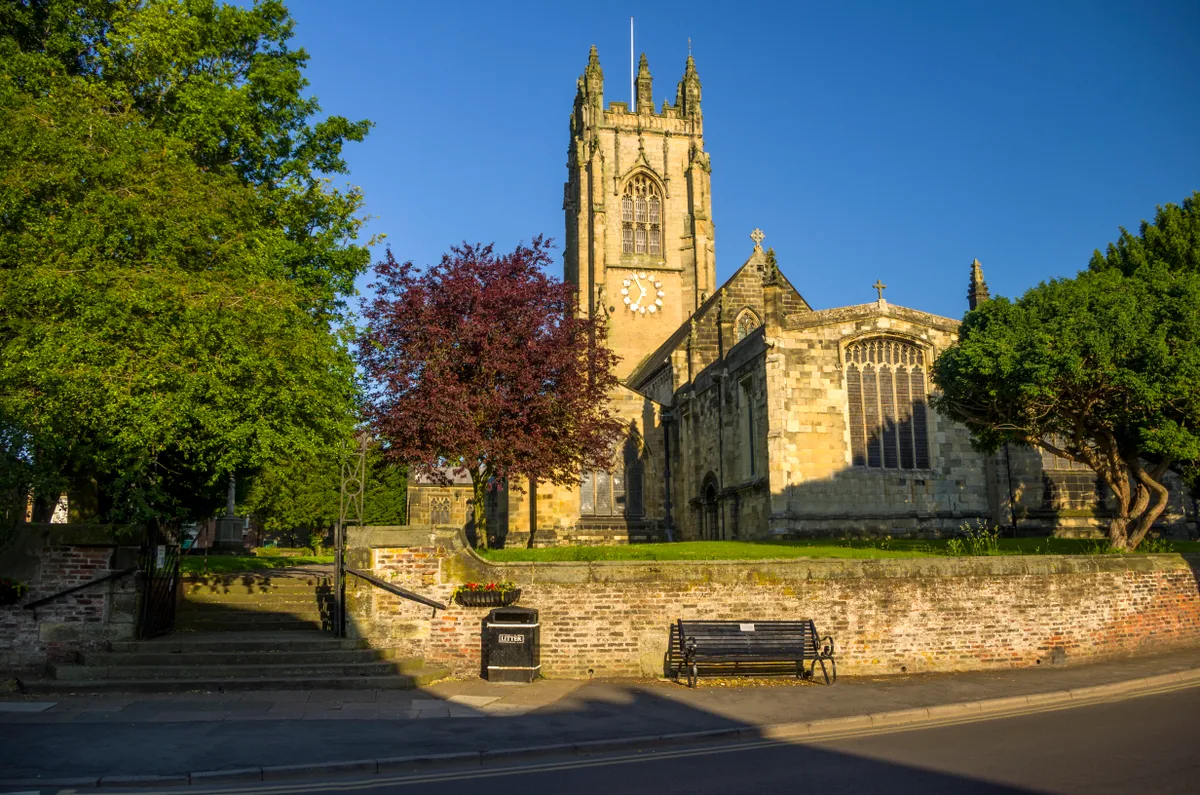
Walk with the Wold Rangers
“Hardy, unpretentious and very friendly,” is how Claire Binnington of Driffield Town Council sums up the personality of local people, a description that would apply to the Rangers, too. She helped devise the Wold Rangers walking routes with council colleague Mark Blakeston in 2021. The Rangers had previously been commemorated in a book by Angela Sykes, which provided much of the historical information for the walk routes, and in a song called ‘The Last of the Wold Rangers’ by folk group Beggar’s Bridge.
Mark explains that the Wold Rangers Way has been set up as a charity, partly to protect it in future and also with the intention of promoting the mental health benefits of getting outside and walking.
He leads guided walks around the trods and, every Monday, a fellow Driffield volunteer takes walkers around the Croom Mabel trod, sometimes attracting up to 20 people, many of them women.

